Home>Furniture & Design>Bathroom Accessories>How To Clear A Clogged Bathtub
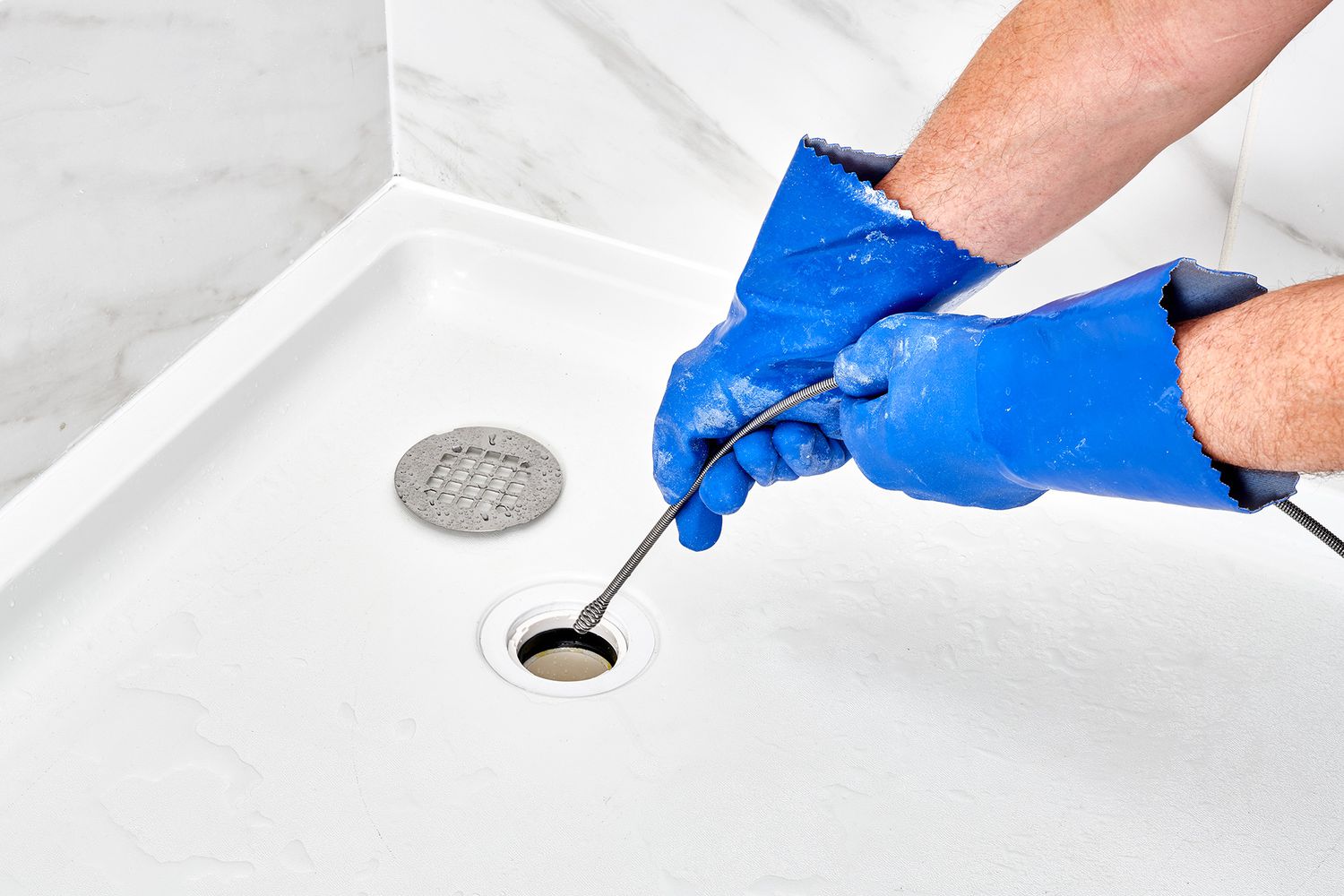

Bathroom Accessories
How To Clear A Clogged Bathtub
Modified: March 8, 2024
Learn effective methods for clearing a clogged bathtub and keeping your bathroom accessories in top condition. Get expert tips and DIY solutions now!
(Many of the links in this article redirect to a specific reviewed product. Your purchase of these products through affiliate links helps to generate commission for Storables.com, at no extra cost. Learn more)
Introduction
A clogged bathtub drain can quickly turn a relaxing bath into a frustrating experience. Whether it's due to hair, soap scum, or other debris, a clog can disrupt the flow of water and create an unsanitary environment. Fortunately, there are several effective methods for clearing a clogged bathtub drain, and with a little know-how, you can tackle this common household issue with confidence.
In this comprehensive guide, we will explore various techniques for clearing a clogged bathtub drain, ranging from simple DIY methods to more advanced solutions. By understanding the underlying causes of clogs and learning how to address them effectively, you can restore your bathtub's drainage system to optimal functionality.
So, if you're tired of dealing with slow-draining water or standing in ankle-deep water during your showers, this guide is for you. Whether you prefer a hands-on approach or are seeking eco-friendly solutions, we've got you covered. Let's dive into the world of bathtub drain maintenance and discover how to keep your bathing oasis free from clogs and flowing smoothly.
Key Takeaways:
- Say goodbye to clogged bathtub woes by using simple tools like a plunger or a drain snake. Keep your drain clear with natural solutions like baking soda and vinegar to enjoy hassle-free baths and showers.
- Prevent future clogs by using drain covers, regular cleaning, and hair removal practices. Avoid pouring grease and oil down the drain, and consider professional inspections for long-term maintenance.
Identifying the Cause of the Clog
Before diving into the process of clearing a clogged bathtub drain, it's crucial to identify the underlying cause of the obstruction. Understanding what is causing the blockage will help determine the most effective method for clearing it. Here are some common culprits behind bathtub clogs:
-
Hair Accumulation: One of the primary reasons for bathtub drain clogs is the accumulation of hair. Over time, loose strands of hair can combine with soap scum and other debris, forming a stubborn blockage that impedes water flow.
-
Soap Scum Buildup: As soap is used during baths or showers, it can leave behind a residue known as soap scum. This sticky substance can adhere to the walls of the drain pipes, attracting other debris and contributing to clogs.
-
Foreign Objects: Occasionally, small objects such as jewelry, bottle caps, or even children's toys can inadvertently find their way into the bathtub drain, causing blockages.
-
Mineral Deposits: In areas with hard water, mineral deposits can accumulate in the drain, restricting water flow and contributing to clogs over time.
To identify the cause of the clog, start by visually inspecting the bathtub drain. Remove the drain cover, if possible, and use a flashlight to peer into the drain. Look for any visible obstructions, such as hair, soap residue, or foreign objects. If the blockage is not immediately apparent, consider using a small handheld mirror to get a better view of the drain interior.
If the cause of the clog remains unclear, consider using a plunger to attempt to dislodge the obstruction. This can provide insight into the nature of the blockage and help determine the most suitable method for clearing it. By understanding the specific cause of the clog, you can proceed with confidence, knowing that you are addressing the root of the issue.
By identifying the cause of the clog, you can tailor your approach to clearing the blockage, increasing the likelihood of a successful outcome. With a clear understanding of the factors contributing to the clog, you are better equipped to select the most appropriate method for restoring your bathtub drain to optimal functionality.
Using a Plunger to Clear the Clog
When it comes to clearing a clogged bathtub drain, a plunger can be a highly effective tool. This familiar household implement, typically associated with unclogging toilets, can also be used to dislodge obstructions in bathtub drains. The process of using a plunger to clear a bathtub clog is relatively straightforward and can yield positive results when executed correctly.
To begin, ensure that there is enough standing water in the bathtub to cover the bottom of the plunger. This water will create the necessary seal for the plunger to work effectively. If there isn't enough water, add some to the tub before proceeding. Next, remove the drain stopper or cover to expose the drain opening.
Position the plunger over the drain, ensuring a tight seal between the rubber cup of the plunger and the surface around the drain opening. Apply firm and steady pressure as you work the plunger up and down, creating a suction effect that can dislodge the clog. It's important to maintain a strong seal and a consistent plunging motion to maximize the effectiveness of this method.
As you plunge, you may feel resistance initially, especially if the clog is substantial. However, with persistence, the suction created by the plunger can help break up and dislodge the obstruction, allowing water to flow freely through the drain once again. It's essential to be patient and persistent, as it may take several minutes of plunging to achieve the desired result.
After plunging for a sufficient duration, test the drain by running water to see if it flows freely. If the water drains without backing up, the plunger has likely succeeded in clearing the clog. If the water still drains slowly or remains backed up, you may need to repeat the plunging process or consider alternative methods for clearing the obstruction.
Using a plunger to clear a clogged bathtub drain is a cost-effective and accessible approach that can yield positive outcomes for minor to moderate clogs. By following the proper technique and exercising patience, you can harness the power of this simple tool to restore your bathtub drain's functionality and enjoy uninterrupted, free-flowing baths and showers.
Using a Drain Snake to Clear the Clog
When traditional methods such as plunging prove ineffective in clearing a stubborn bathtub drain clog, a drain snake, also known as a plumbing auger, can be a valuable tool for tackling more challenging obstructions. This flexible, coiled tool is designed to navigate through the twists and turns of drain pipes, effectively breaking up and removing blockages that are resistant to other methods.
To begin the process of using a drain snake, it's essential to select an appropriate tool for the job. Drain snakes are available in various lengths and thicknesses, with some designed specifically for use in bathtub drains. When choosing a drain snake, opt for one that is long enough to reach the clog and has a diameter suitable for navigating the drain pipe without causing damage.
Before using the drain snake, remove the drain cover or stopper to access the drain opening. Carefully insert the end of the snake into the drain, feeding it slowly and steadily to avoid causing damage to the pipes. As you guide the snake into the drain, you may encounter resistance, indicating that the tool has reached the clog.
Once the snake has reached the obstruction, rotate the handle in a clockwise direction to engage the auger end of the tool with the clog. Applying gentle pressure, continue to feed the snake into the drain while maintaining a steady rotation. This action helps the auger end of the snake to break up and dislodge the clog, allowing it to be pulled back out of the drain.
As the snake is withdrawn from the drain, it may bring with it the dislodged debris, effectively clearing the obstruction and restoring proper water flow. It's important to proceed with caution and avoid using excessive force, as this can potentially damage the drain pipes.
After using the drain snake, test the bathtub drain by running water to ensure that the clog has been successfully cleared. If the water flows freely without backing up, the drain snake has effectively addressed the obstruction. However, if the clog persists, it may be necessary to repeat the process or consider alternative methods for clearing the drain.
Using a drain snake to clear a clogged bathtub drain is a practical and effective approach for addressing more stubborn blockages. By following proper technique and exercising care, you can leverage the capabilities of this versatile tool to restore your bathtub drain to optimal functionality, ensuring uninterrupted and efficient drainage during baths and showers.
Using Baking Soda and Vinegar to Clear the Clog
When faced with a clogged bathtub drain, natural and eco-friendly solutions can be highly effective in clearing the obstruction. One such method involves using a combination of baking soda and vinegar to break up and remove the clog, offering a gentle yet potent alternative to chemical drain cleaners. This approach harnesses the power of a simple chemical reaction to dissolve and dislodge the blockage, restoring the free flow of water through the drain.
To initiate the process, start by removing any standing water from the bathtub to expose the drain opening. Next, pour approximately one cup of baking soda directly into the drain. Baking soda, also known as sodium bicarbonate, possesses mild abrasive properties that can help dislodge debris and odors, making it an ideal component in this natural cleaning method.
Following the addition of baking soda, it's time to introduce the vinegar. Pour one cup of distilled white vinegar into the drain, allowing it to interact with the baking soda. As the vinegar comes into contact with the baking soda, a chemical reaction occurs, producing effervescence and fizzing. This reaction helps to break down the accumulated debris, including hair, soap scum, and other organic matter contributing to the clog.
As the baking soda and vinegar react, the fizzing action works to dislodge the obstruction within the drain, gradually breaking it up and allowing it to be flushed away. This natural and non-toxic process is particularly effective for addressing minor to moderate clogs, offering a gentle yet powerful solution that is safe for both the user and the environment.
After allowing the baking soda and vinegar mixture to work its magic for approximately 30 minutes, flush the drain with hot water to help wash away the dissolved debris and clear the remaining residue. The hot water aids in further breaking down any remaining particles and ensures that the drain is thoroughly cleared, promoting optimal water flow.
Upon completion of the process, test the bathtub drain by running water to confirm that the clog has been successfully cleared. If the water flows freely without backing up, the baking soda and vinegar method has effectively addressed the obstruction, restoring the drain to its unobstructed state.
By utilizing the natural cleaning power of baking soda and vinegar, you can effectively clear a clogged bathtub drain without resorting to harsh chemicals. This eco-friendly and budget-friendly approach offers a safe and gentle alternative for maintaining clear and free-flowing drains, ensuring a hassle-free bathing experience while minimizing environmental impact.
Read more: How To Clear Clogged Toilet
Preventing Future Clogs
Preventing future clogs in your bathtub drain is essential for maintaining optimal drainage and avoiding the inconvenience of dealing with recurring blockages. By implementing proactive measures and adopting good maintenance practices, you can significantly reduce the likelihood of encountering clogs in the future. Here are some effective strategies to help prevent future bathtub drain clogs:
Use a Drain Cover or Strainer
Installing a drain cover or strainer over the bathtub drain is an effective way to prevent debris, such as hair and soap scum, from entering the drain and causing blockages. These simple yet practical devices act as filters, capturing potential clog-causing materials before they can accumulate within the drain pipes.
Regular Cleaning and Maintenance
Incorporating regular cleaning and maintenance into your household routine can help prevent the buildup of debris and residue within the bathtub drain. Consider using a mild drain cleaner or a natural solution, such as baking soda and vinegar, on a monthly basis to keep the drain clear and free-flowing.
Hair Removal Practices
Implementing hair removal practices, such as using a drain hair catcher or periodically removing hair from the drain cover or strainer, can significantly reduce the likelihood of hair-related clogs. By proactively managing hair accumulation, you can minimize the risk of blockages and maintain efficient water drainage.
Read more: How To Clear A Clogged Dryer Vent
Avoid Pouring Grease and Oil
Refrain from pouring grease, cooking oil, or fatty substances down the bathtub drain, as these materials can solidify and contribute to clogs over time. Properly dispose of grease and oil by collecting them in a container and discarding them in the trash to prevent potential drain obstructions.
Flush with Hot Water
Regularly flushing the bathtub drain with hot water can help prevent the accumulation of soap scum and other residues, effectively reducing the risk of clogs. The hot water helps to dissolve and wash away potential obstructions, maintaining clear and unobstructed drainage.
Professional Inspection and Maintenance
Consider scheduling periodic professional inspections and maintenance for your plumbing system, including the bathtub drain. A qualified plumber can assess the condition of the drain pipes, identify potential issues, and perform preventive maintenance to ensure optimal functionality and minimize the risk of clogs.
By incorporating these preventive measures into your regular home maintenance routine, you can proactively safeguard your bathtub drain against clogs and maintain efficient water flow. With a proactive approach to drain maintenance, you can enjoy uninterrupted baths and showers while minimizing the need for reactive clog-clearing efforts.
Frequently Asked Questions about How To Clear A Clogged Bathtub
Was this page helpful?
At Storables.com, we guarantee accurate and reliable information. Our content, validated by Expert Board Contributors, is crafted following stringent Editorial Policies. We're committed to providing you with well-researched, expert-backed insights for all your informational needs.
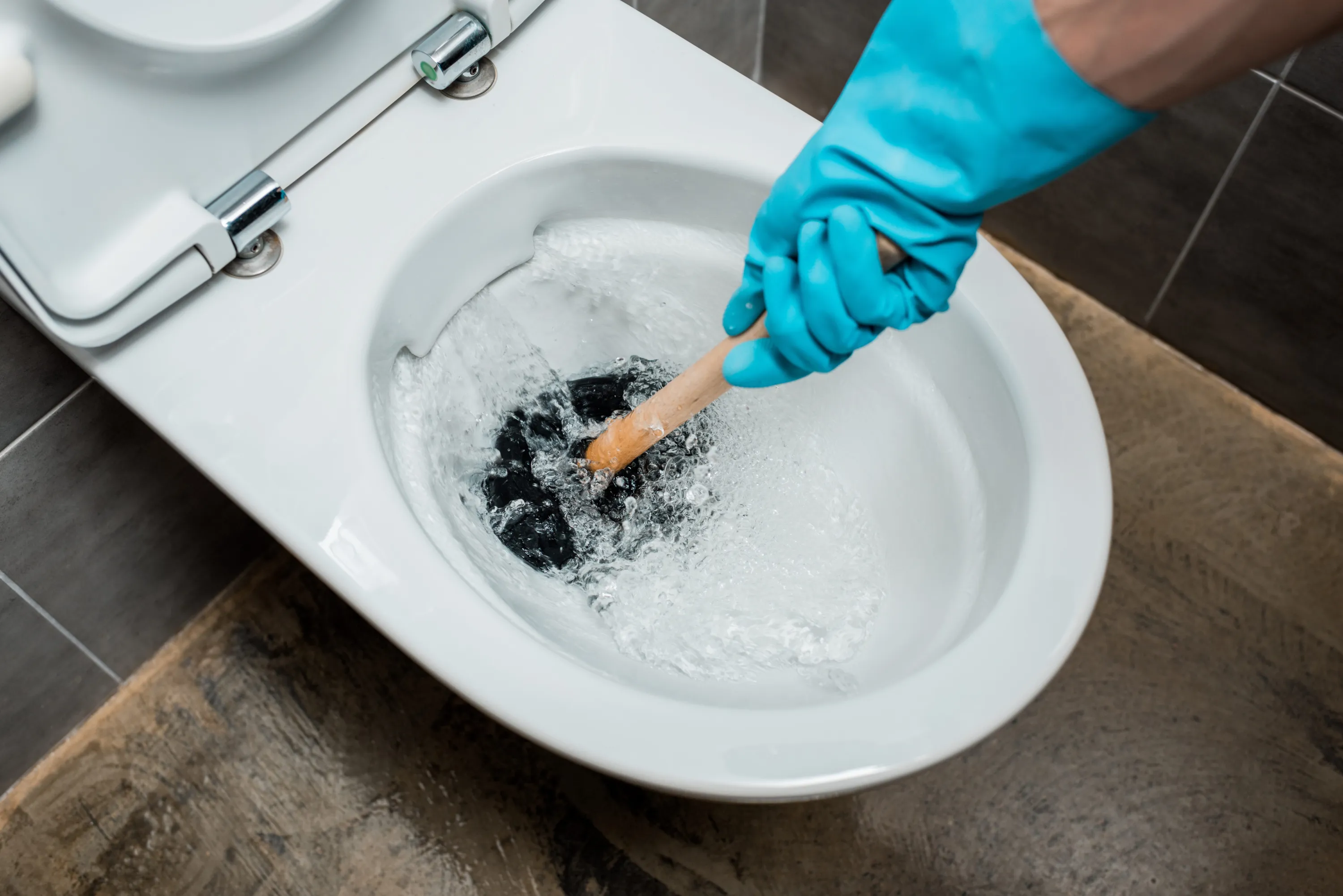
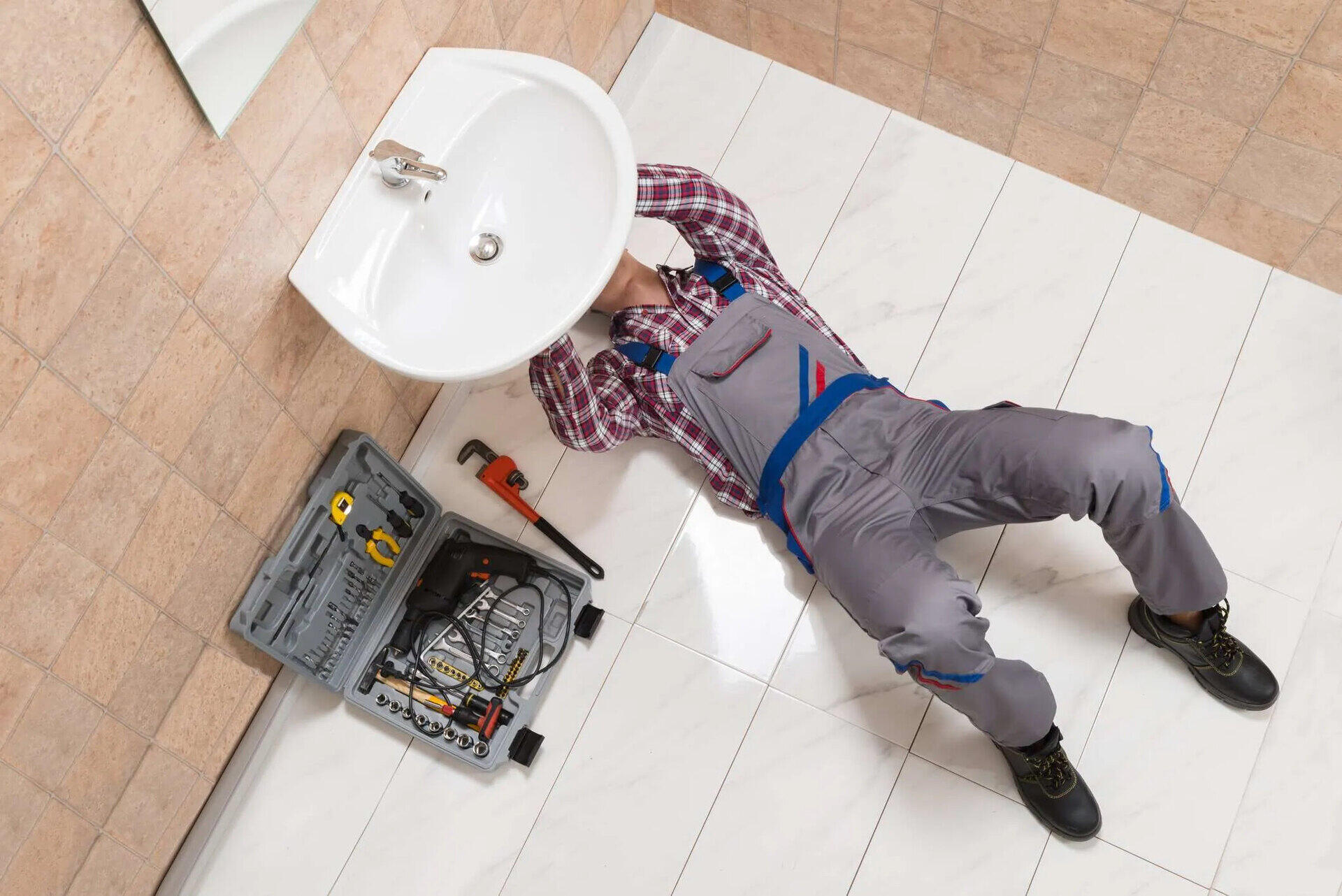
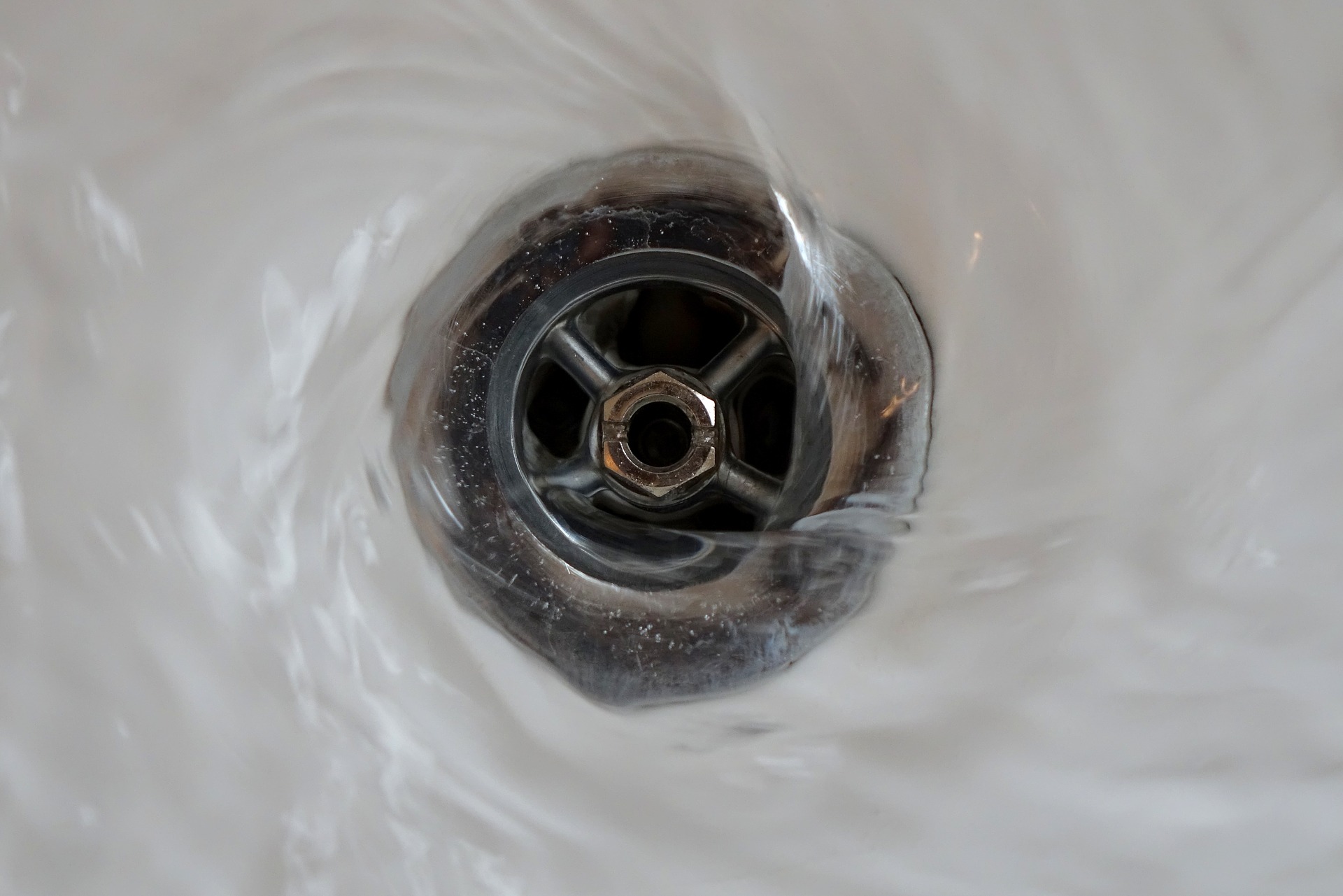
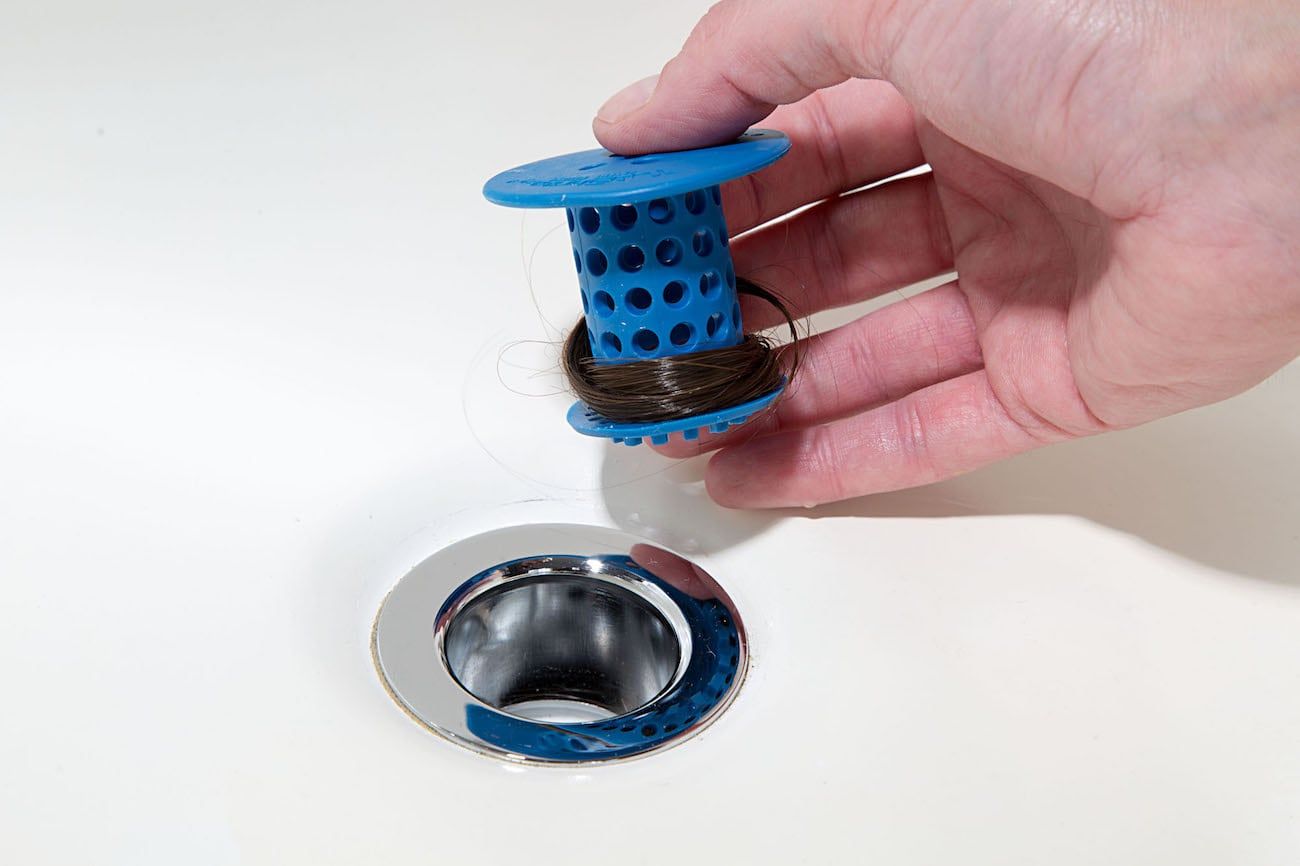
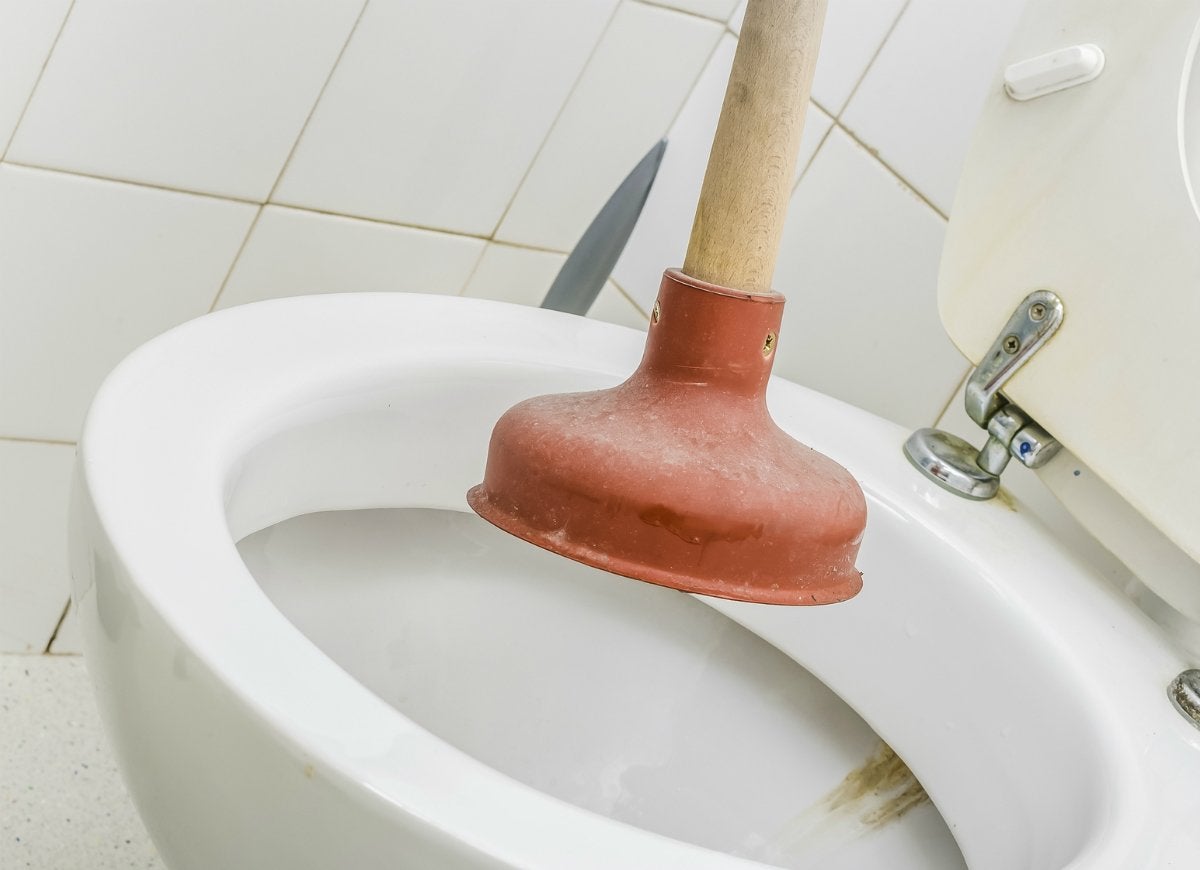
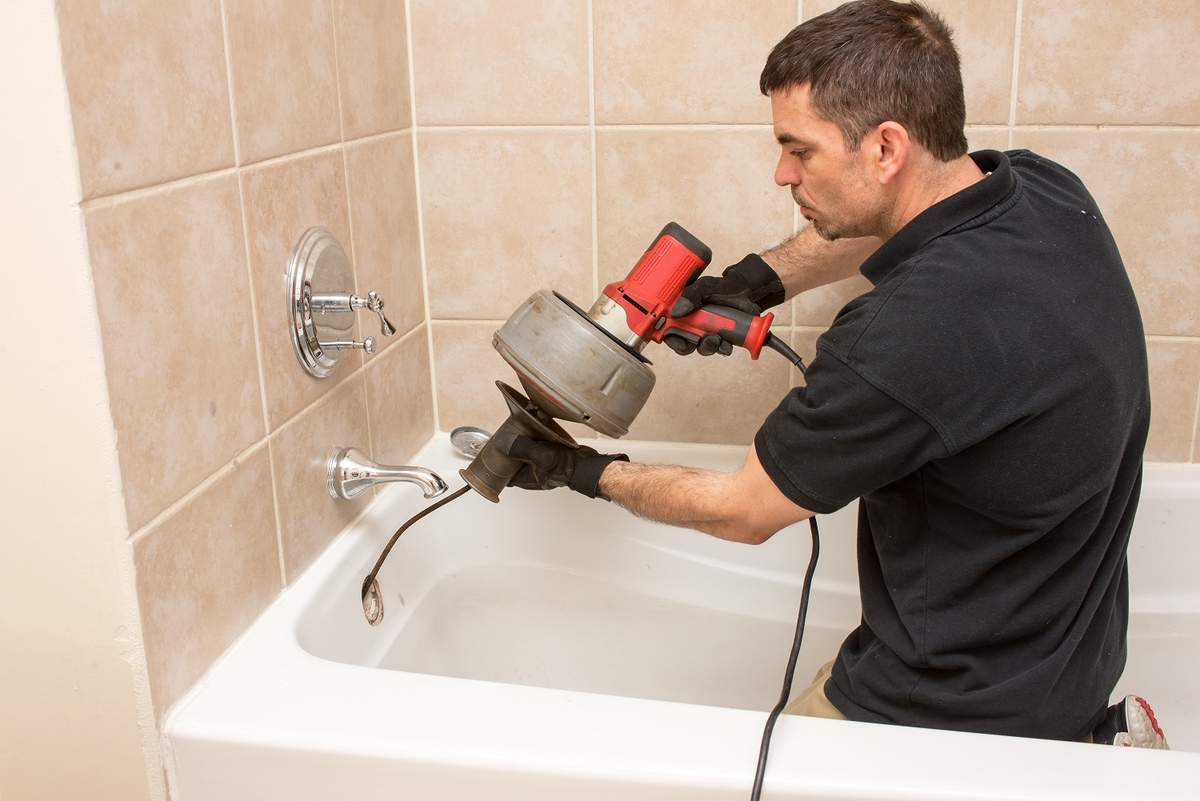
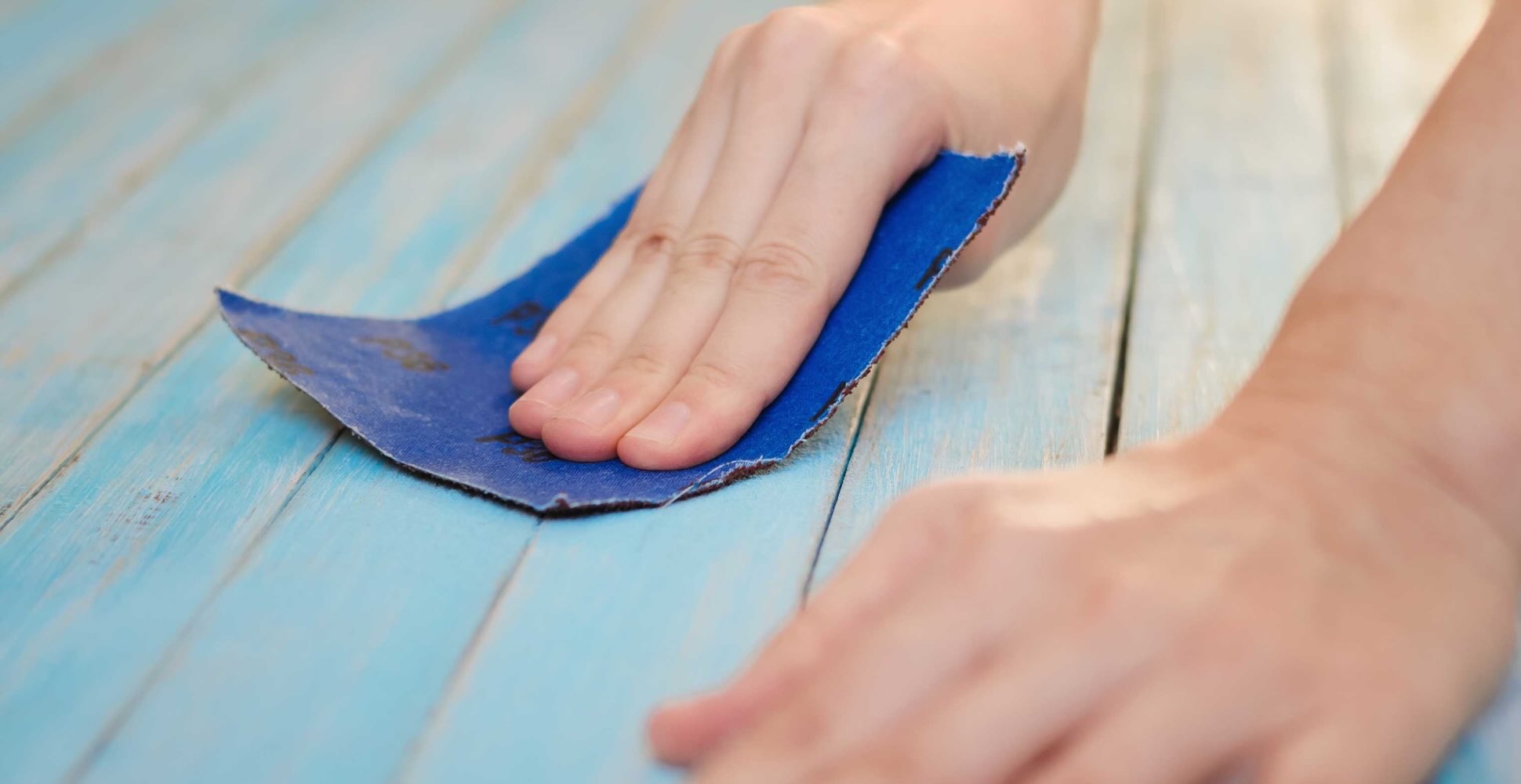
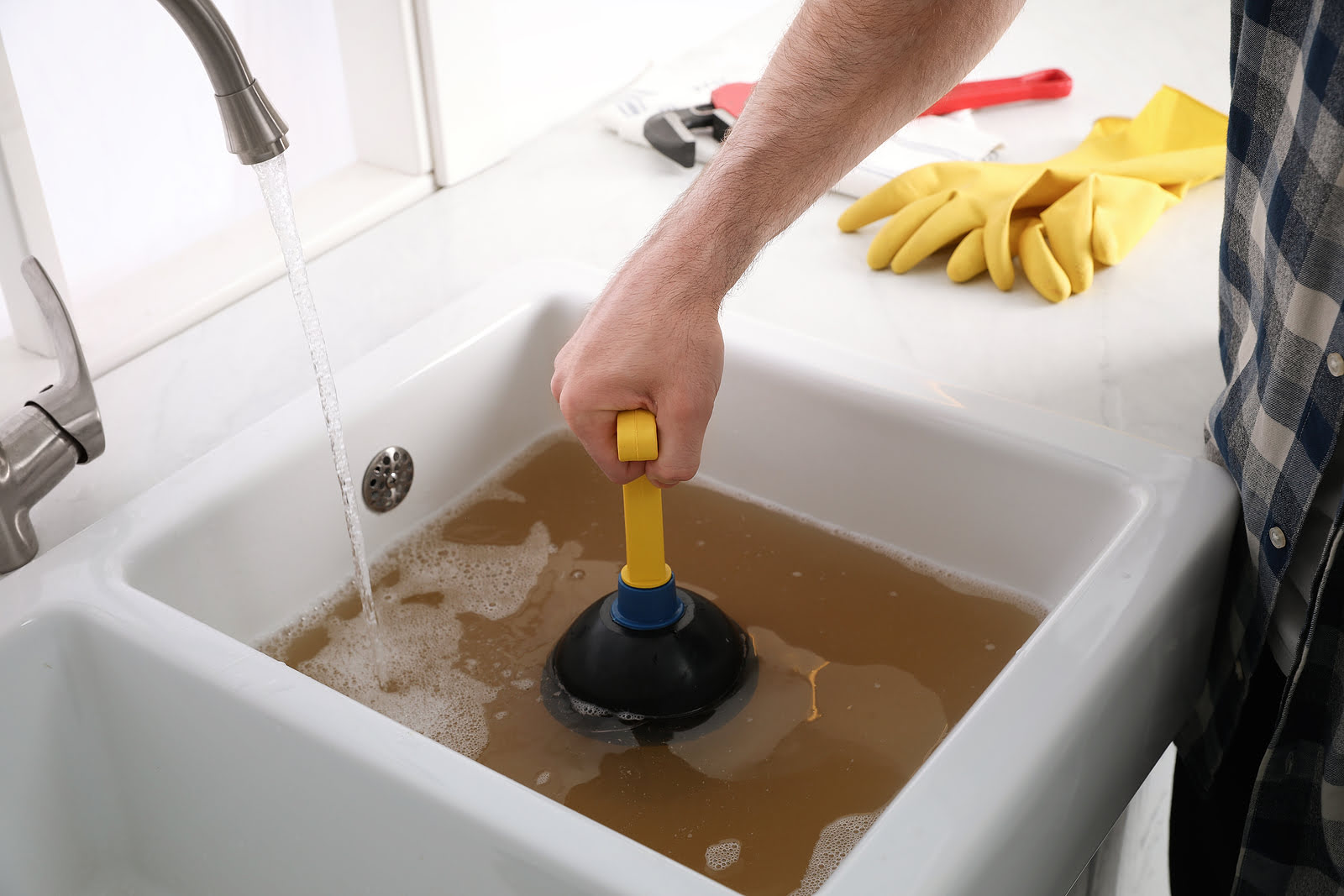
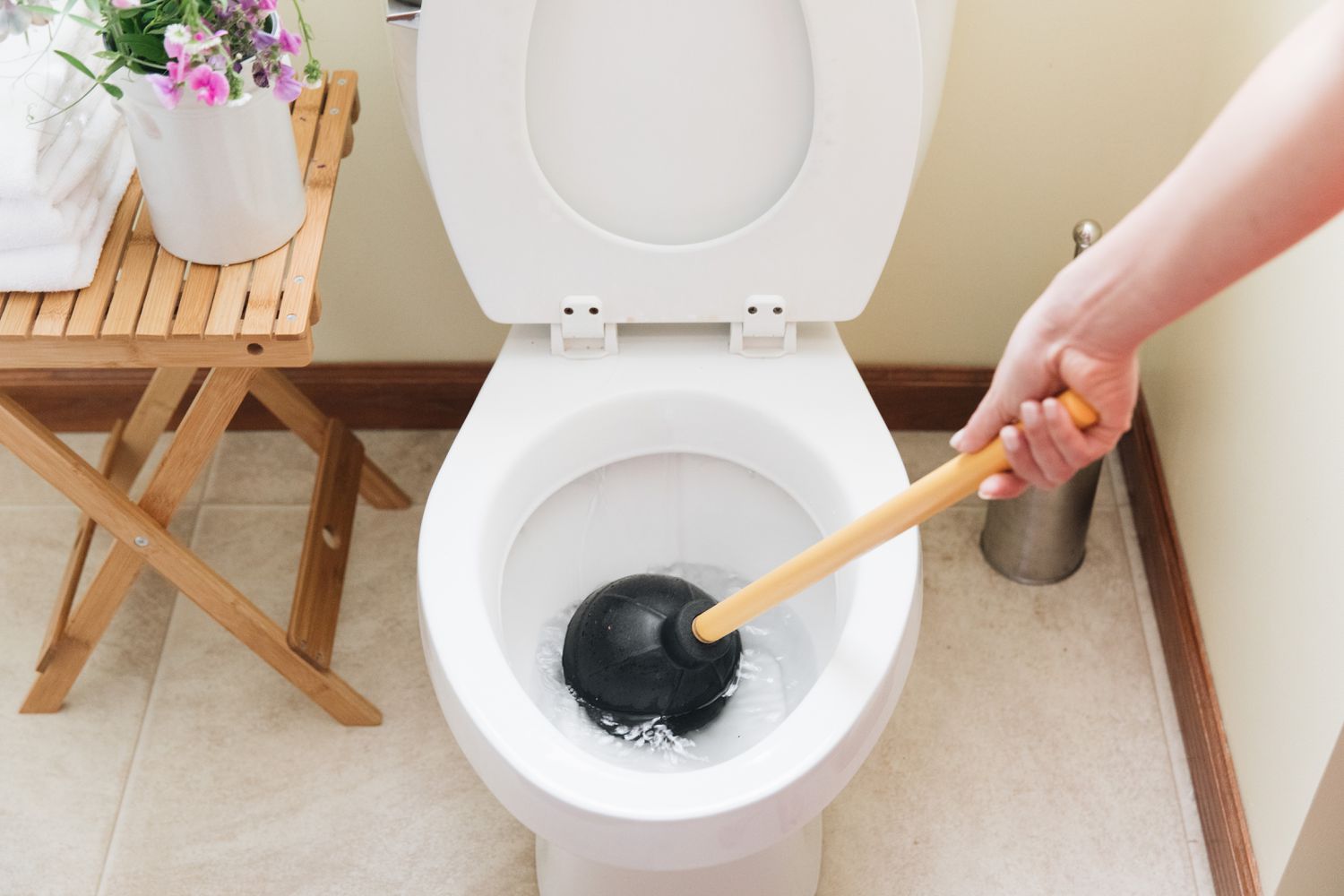
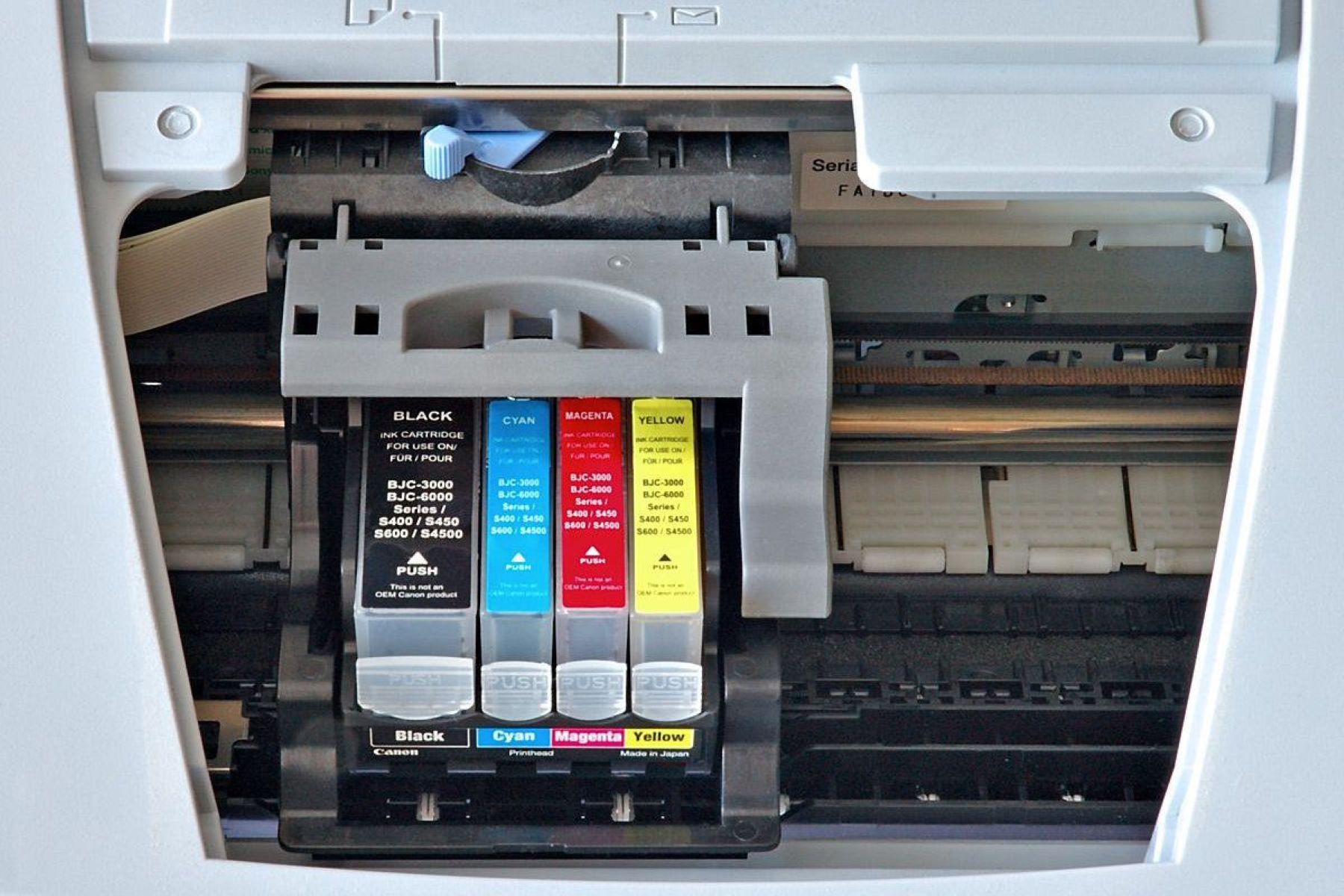
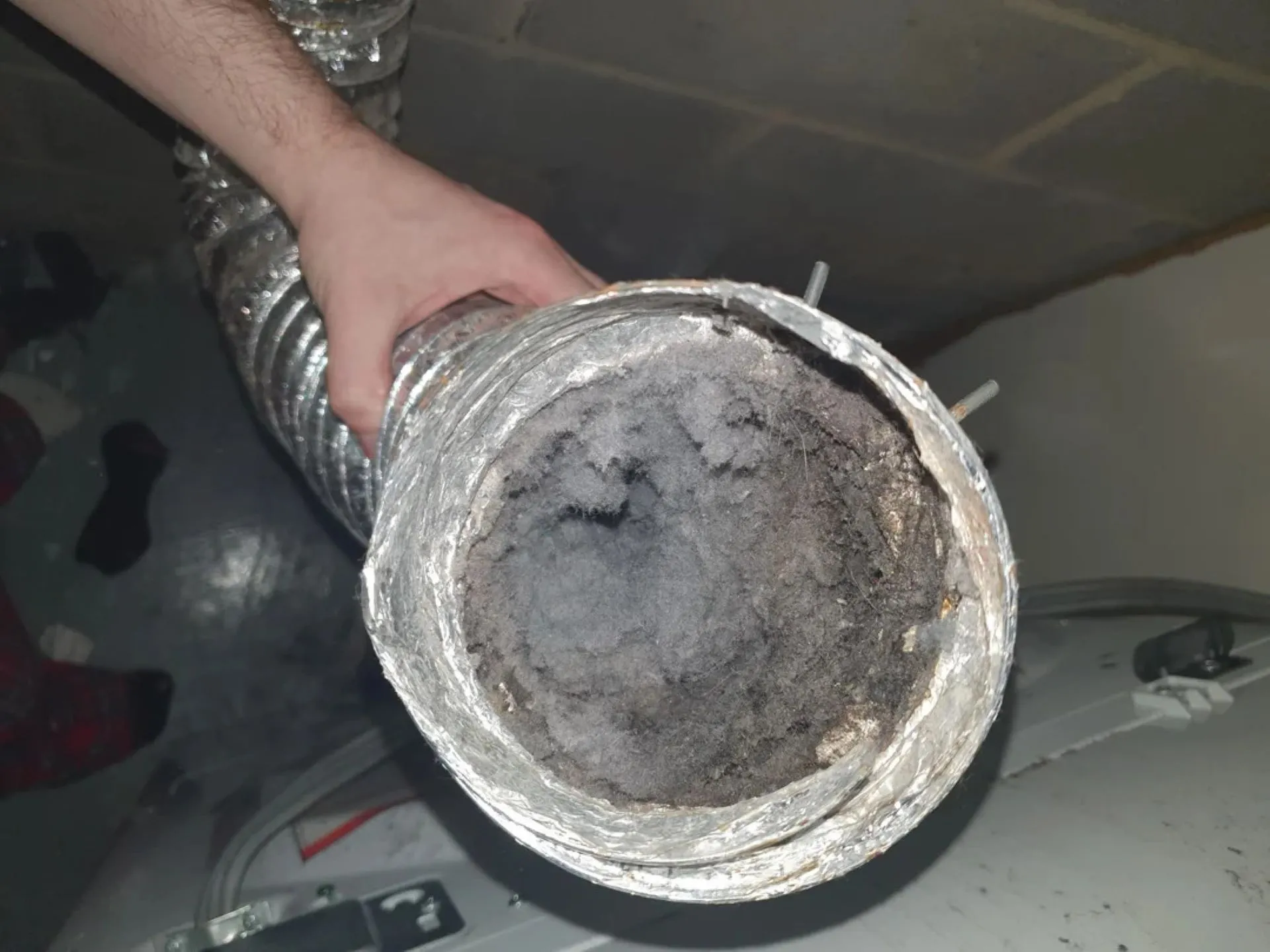
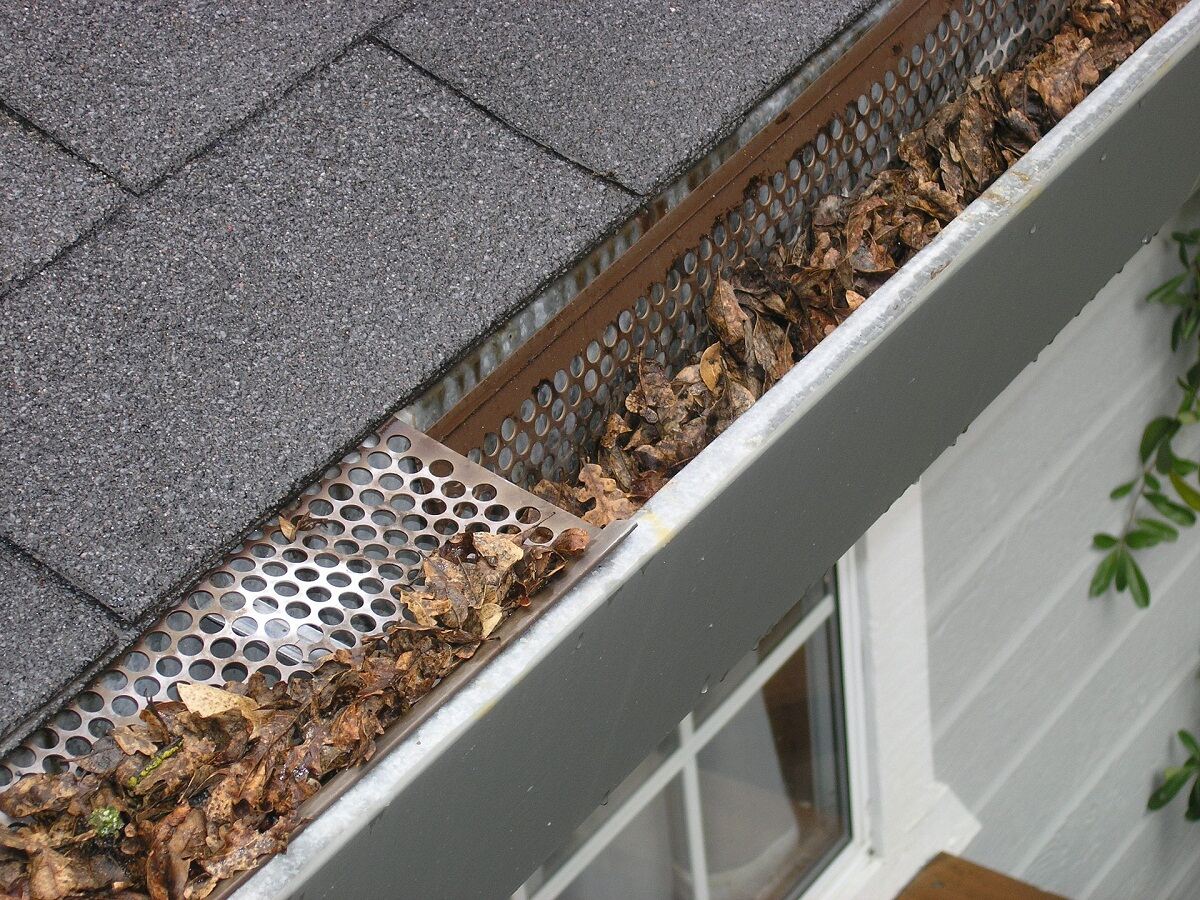
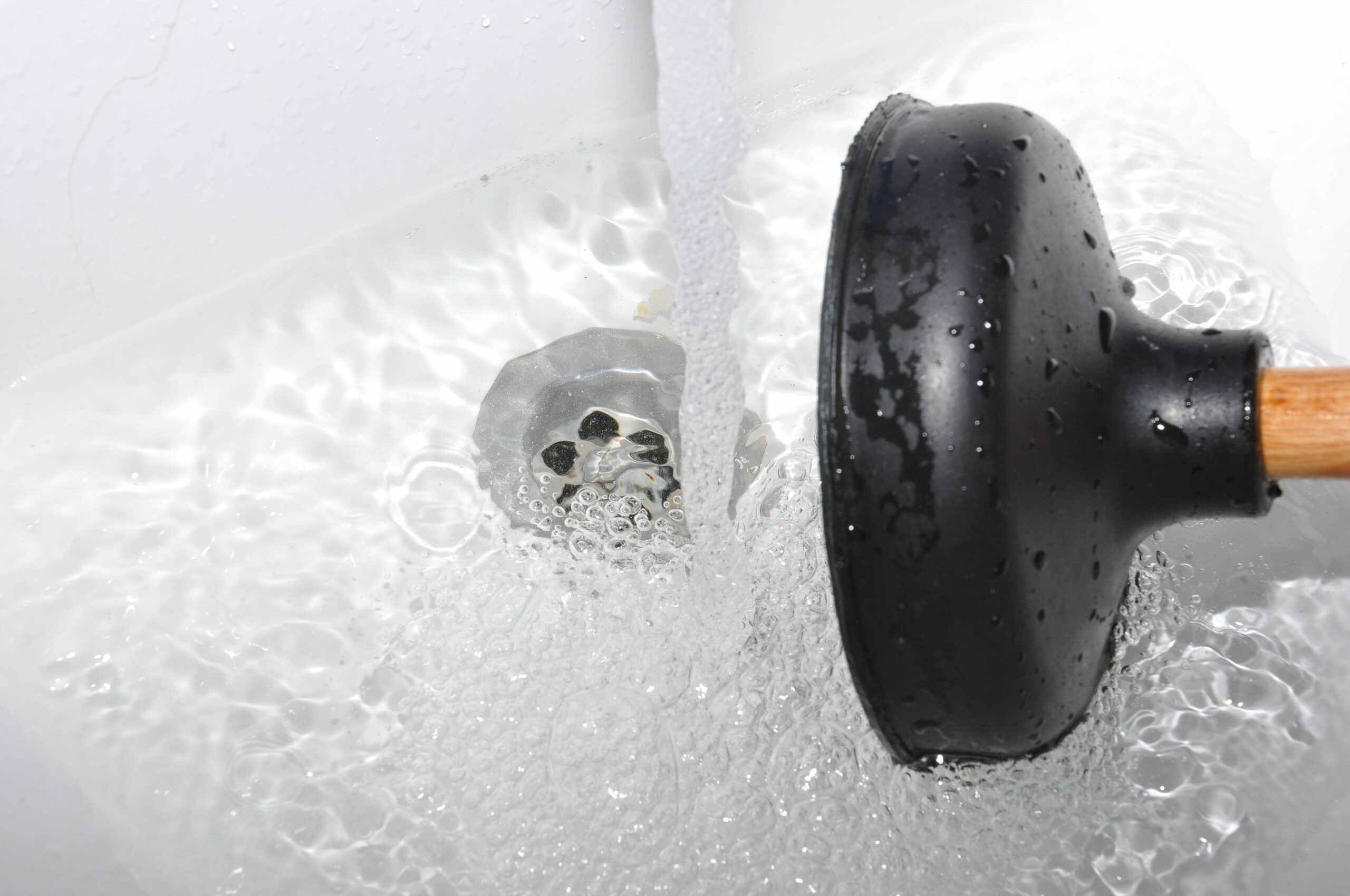

0 thoughts on “How To Clear A Clogged Bathtub”